How to implement Hubspot's Lifecycle properties correctly

You might have seen a customer lifecycle described as a funnel, a gradually narrowing path from “I’ve heard of that brand” to “Sign me up”.
In theory, the lifecycle encompasses everything. But in practice it’s often siloed away in separate functions and tools such as Mailchimp (email marketing), Salesforce or PipeDrive (sales), and Intercom (customer care). There’s no way to get a bird’s eye view of how every touchpoint is affecting your customer’s buying journey. Yes, you can attempt to integrate these tools but in my experience the actual results are far from the promised land.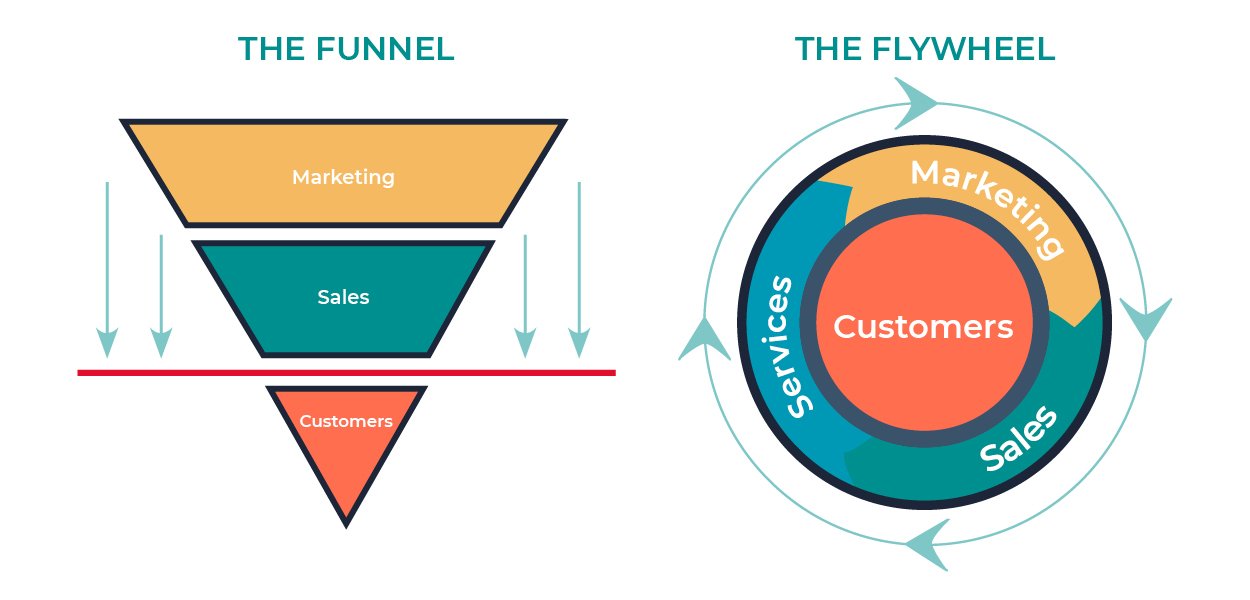
That’s where HubSpot comes in. It’s a single CRM – with modules that sit on top to manage all stages of your customer lifecycle in a single portal. Crucially, that means you can optimise everything you do for your customers, making continual incremental improvements across the lifecycle in true RevOps style.
If you implement it correctly.
Many of my consulting hours are spent addressing where businesses have set up HubSpot incorrectly. Until the setup is properly calibrated, teams working across the lifecycle are needlessly handicapped.
To save you a lot of wasted time and effort, I’m going to explore the common mistakes people make – and show you how to set up the lifecycle correctly from the outset.
What does the lifecycle look like in HubSpot?
Objects:
Before discussing the lifecycle properties it is important to understand the concept of objects. In HubSpot there are four standard objects: Contacts, Companies, Deals and Tickets; and each has their own properties. For example job title would be a property attached to the contact object. Industry would be a property you would see on a company object, and so on.
Objects can be associated with each other but they are separate from a data hierarchy perspective.
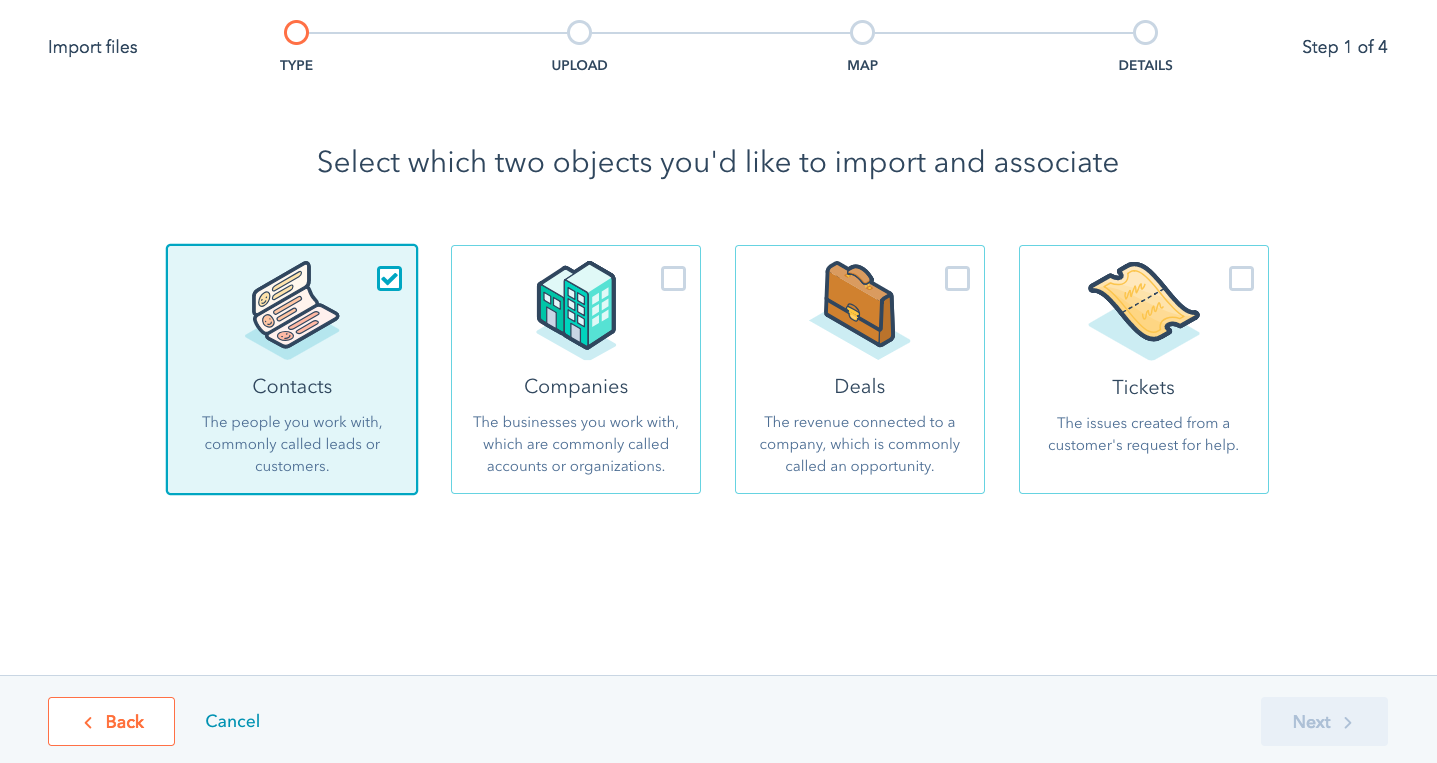
Lifecycle:
When referring to lifecycle In Hubspot we are actually referring to two properties, the Contact Lifecycle (on the contact object) and the Company Lifecycle (on the company object). These are single-select dropdown properties and unlike most properties in HubSpot you cannot customise the options. This concept of lifecycle is part of HubSpot’s DNA!
The lifecycle properties have the following options which represent the full buying journey of a contact:
- Subscriber
- Lead
- Marketing qualified lead
- Sales qualified lead
- Opportunity
- Customer
- Advocate
- Other
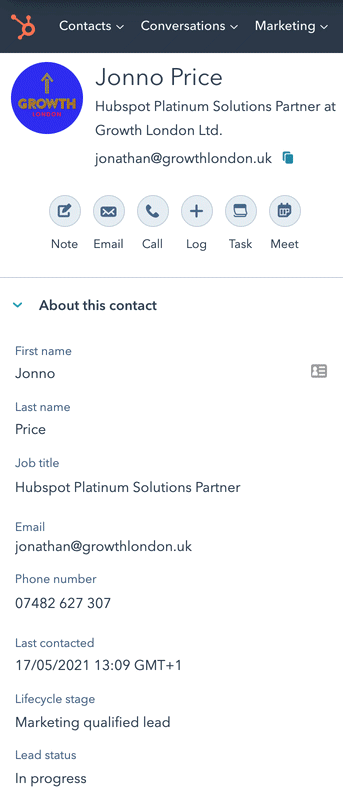
With the lifecycle properly implemented and accurately reflected in your database, you can unleash the full potential of HubSpot’s reporting capabilities.
For example, it means you can pinpoint exactly how many MQLs have been generated in a particular month through paid search versus organic. Or, think about that webinar your team spent a month putting together – how many leads, MQLs, SQLs, deals and customers can you trace back (accurately) to that labour-intensive piece of work?
How to tell if the lifecycle is not correctly implemented in your Hubspot portal:
Unfortunately, in a very high percentage of B2B Hubspot portals that I’ve seen, the properties are not properly understood or implemented such that they are a reliable representation of where the contacts are in relation to their customer journey.
I have a simple acid test:
Do you currently have any contacts/companies in your database marked as a “lead” or even “marketing qualified lead” that on review it turns out you absolutely cannot ever sell to them? I.e. the contact or company is not part of your Ideal Customer Profile (ICP) which represents the target audience?
If you answered yes to this question then you have issues with your setup and processes that need rectifying. It is surprising just how many databases I review where this simple test fails.
Try it now - go to your CRM and filter all your contacts marked as “lead”. Can you spot any that don’t belong?
That is not the only CRM faux pas I’ve seen. It’s amazing how often I’ve spotted...
- Customers that churned three years back still marked as a customer
- Contacts marked as an opportunity where the deal died years back
- A perfect target prospect marked as “subscriber” when they should be a MQL and sent straight to the top of the sales’ team’s priority list.
It gets deeper, though – I’ve seen product updates being sent to competitors who were incorrectly classified as leads or other inappropriate campaigns being sent to potential investors.
When you can’t get a provable value for your leads to MQL or your MQL to SQL ratios, you end up doubting the number of leads that you see in your pipeline. 30 of the people that checked into your painstakingly created webinar might not be part of your actual target audience – so why track them? The other 10, however, that fit squarely into your ICP, should be diligently documented, nurtured and prioritised.
How to set the lifecycle up properly - it all starts with your ICP
The path to lifecycle nirvana is paved by two key elements: how well you’ve defined your ICP(s) on a company level, and how well you’ve captured data for every one of your leads.
Both need to be precise.
So, why is this? It’s all got to do with your focus. Your ICPs represent your target audience. They are the companies (along with their associated contacts) that you can sell to.
So to start with, you want to define exactly who your ICPs are - on a company level. Collectively they should encompass every business type that you could ever have in your sales pipeline and generate revenue from. Once defined you then need to segment your database to clearly mark all companies with their relevant ICP. You’ll need to create a custom property in HubSpot (on company object) called Company Type and then create some options. Here is a simple example:
- ICP1 - Startups
- ICP2 - Mid-size
- ICP3 - Enterprise
- ICP4 - Other
- Strategic partners
- Media Partners
- Competitors
- Vendors / Supplies
- Other
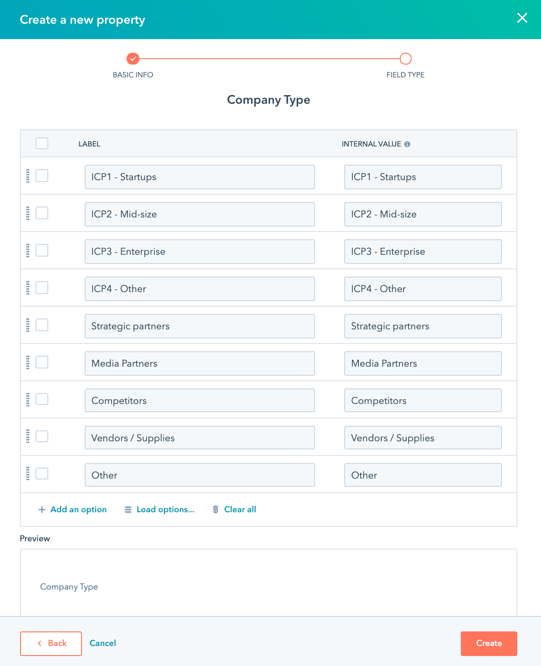
As a simple rule of thumb, if you could sell to them, in the example above they are an ICP and they belong in the first four categories. Pro tip: Examine all current and past customers or any opportunities in your sales pipeline. Do your ICPs cover everyone you could invoice?
So think about it. If there is a contact in your CRM that you can’t sell to - can they be a Lead, MQL, SQL, Opportunity or Customer?
NO. they can’t.
On the flip-side, if they are someone you can sell to, should they be labelled a Subscriber or an Other... ? No.. a lead you can sell to who opts into your marketing communication is not a simple “Subscriber”. They are full blown MQL!
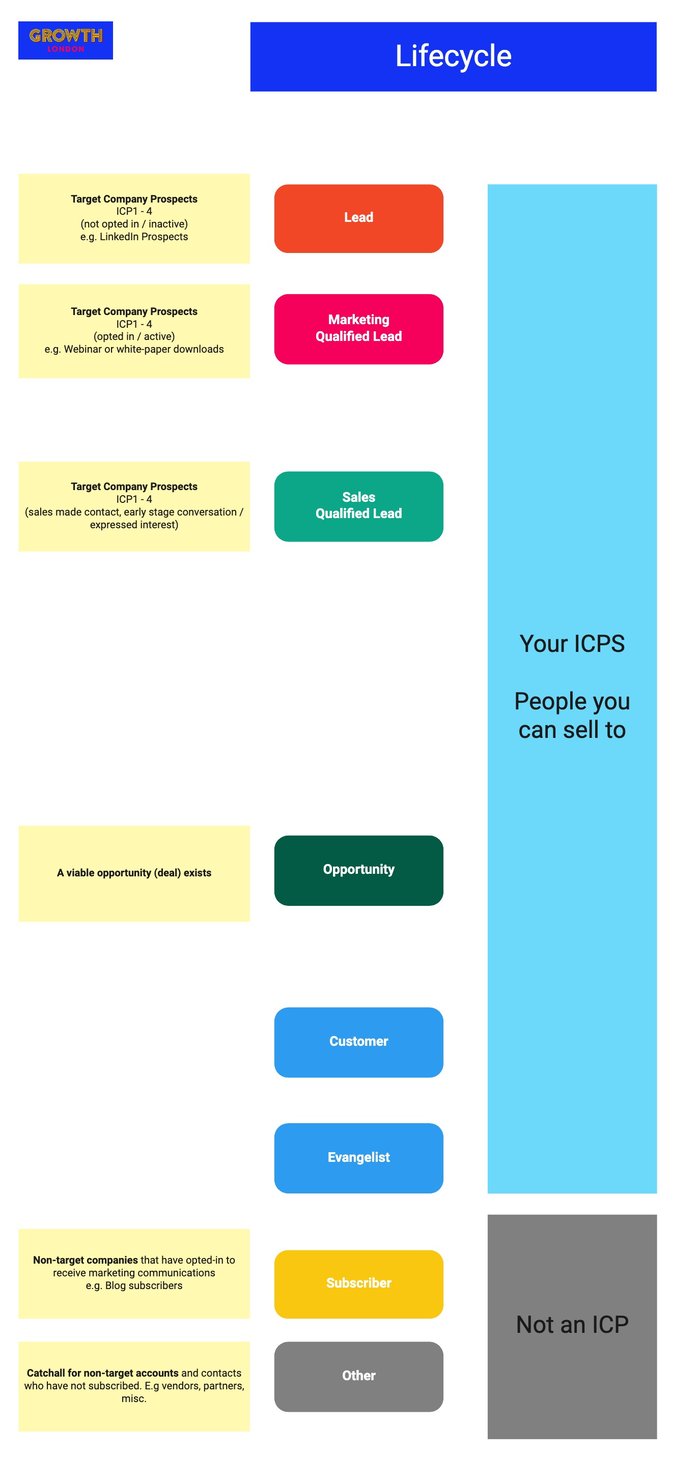
Once in place Company Type // ICPs gives you focus. For example when it comes to enriching data, why bother doing so for any contacts that are not ICP contacts? It’s simply too much admin! Capturing LinkedIn profile urls, job titles, personas, phone numbers, etc. – none of them are that relevant unless they’re someone you can actually sell too. Conversely, if a contact or company is an ICP then your marketing and sales team should be enriching them as part of daily routine to capture as much data as possible.
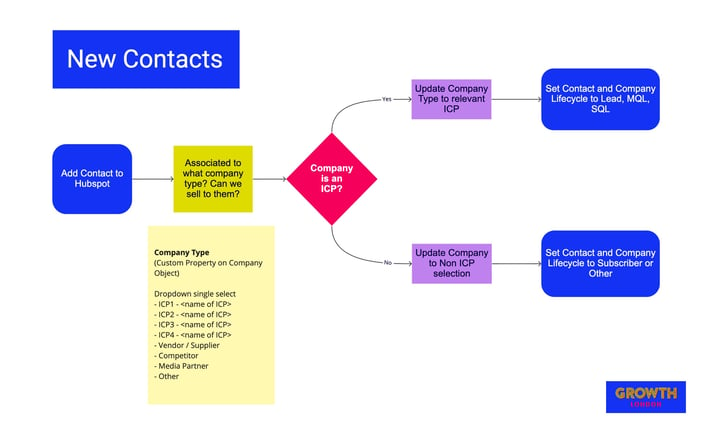
So, in summary:
To correctly implement the customer lifecycle in HubSpot, you first need to define your ICPs, create a custom Company Type property and then sort through your existing Hubspot data to apply this correctly to every company.
Only ICP companies and contacts can have the lifecycle of Lead, MQL (if opted in), SQL (if in contact with sales team), Opportunity (if deal is open), Customer or Advocate, and everyone else (not-an-ICP) is a Subscriber (if you don’t mind them getting your marketing material) or an Other.
Done? Good. Now you are ready to put in place workflows and processes to ensure that your good work stays done. As long as you keep updating your databases correctly, your teams will be able to quickly identify priority companies and contacts in your database, enrich the data and take opportunities as they arise. And you will be able to trust your attribution and pipeline reporting as being accurate.
This process might seem laborious, but every time I’ve implemented this system I’ve witnessed the results first hand. Businesses that make sure their CRM process is based on accurate, rich data will see so much more traction across the lifecycle and see so many more opportunities for incremental improvements. That’s the work of RevOps, and it’s the reason I became a HubSpot specialist.
If you found the above useful then you may be interested in my follow up article to this which explores how State of CRM Data Reporting can keep things neat and tidy – and ensure you benefit from the hard work your teams put in.



